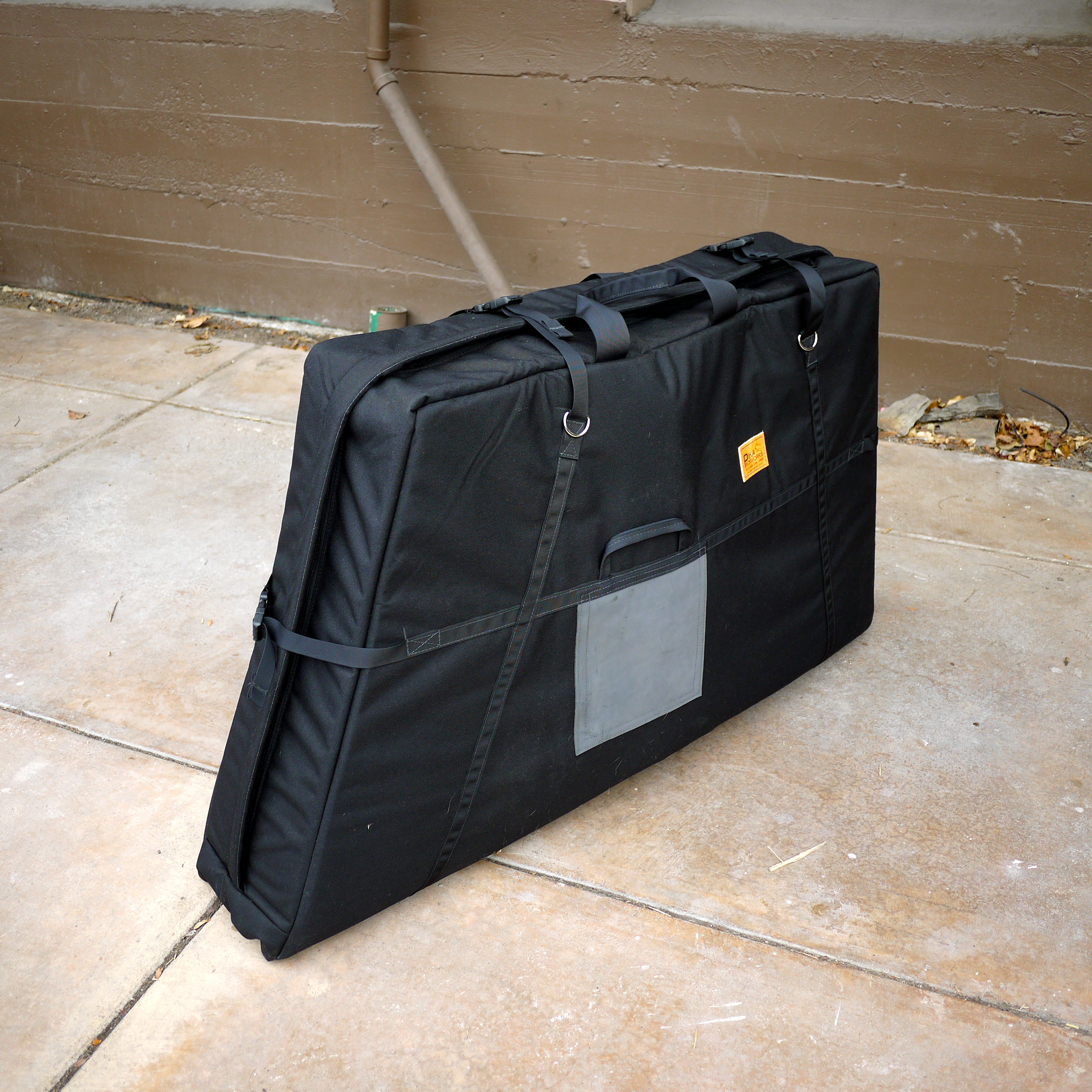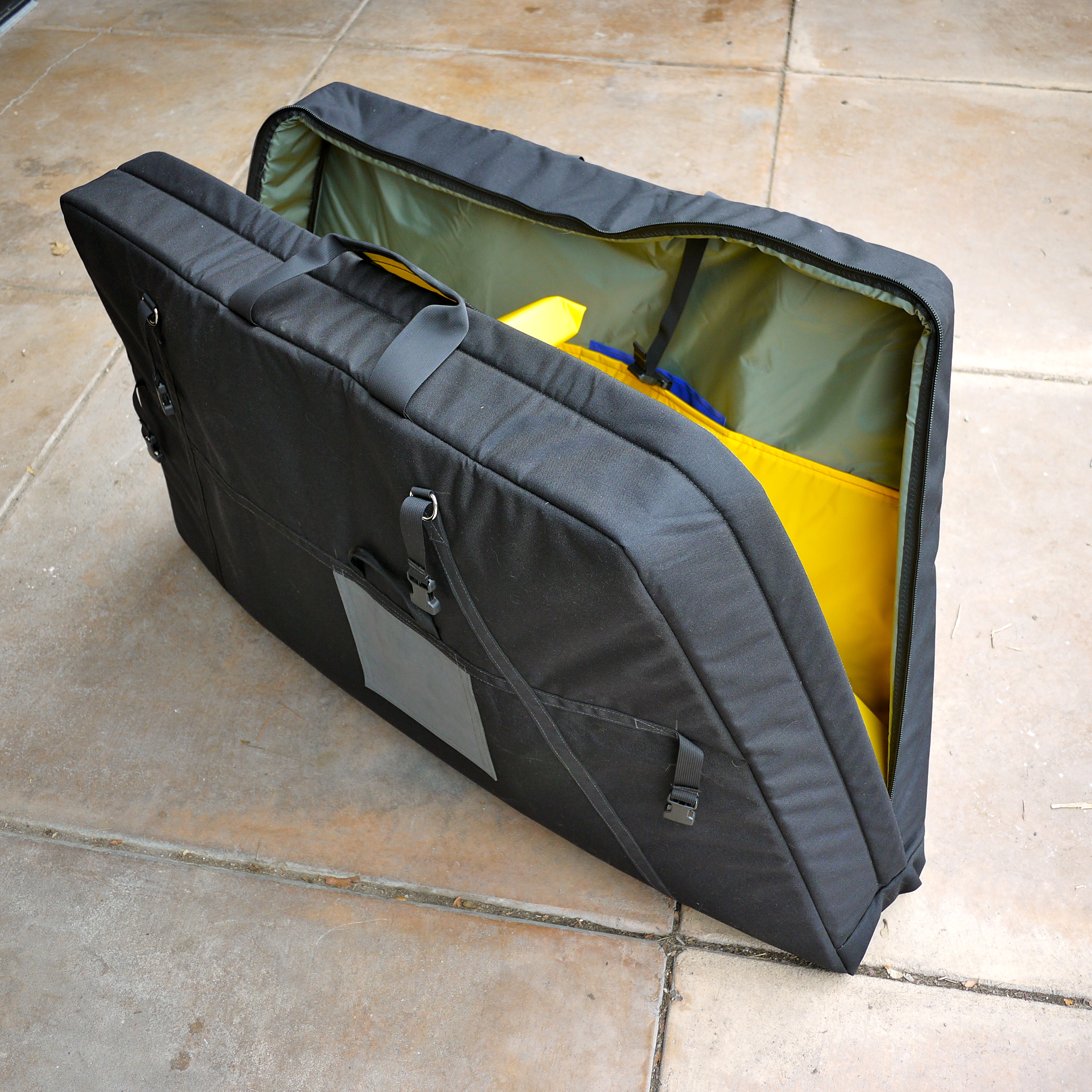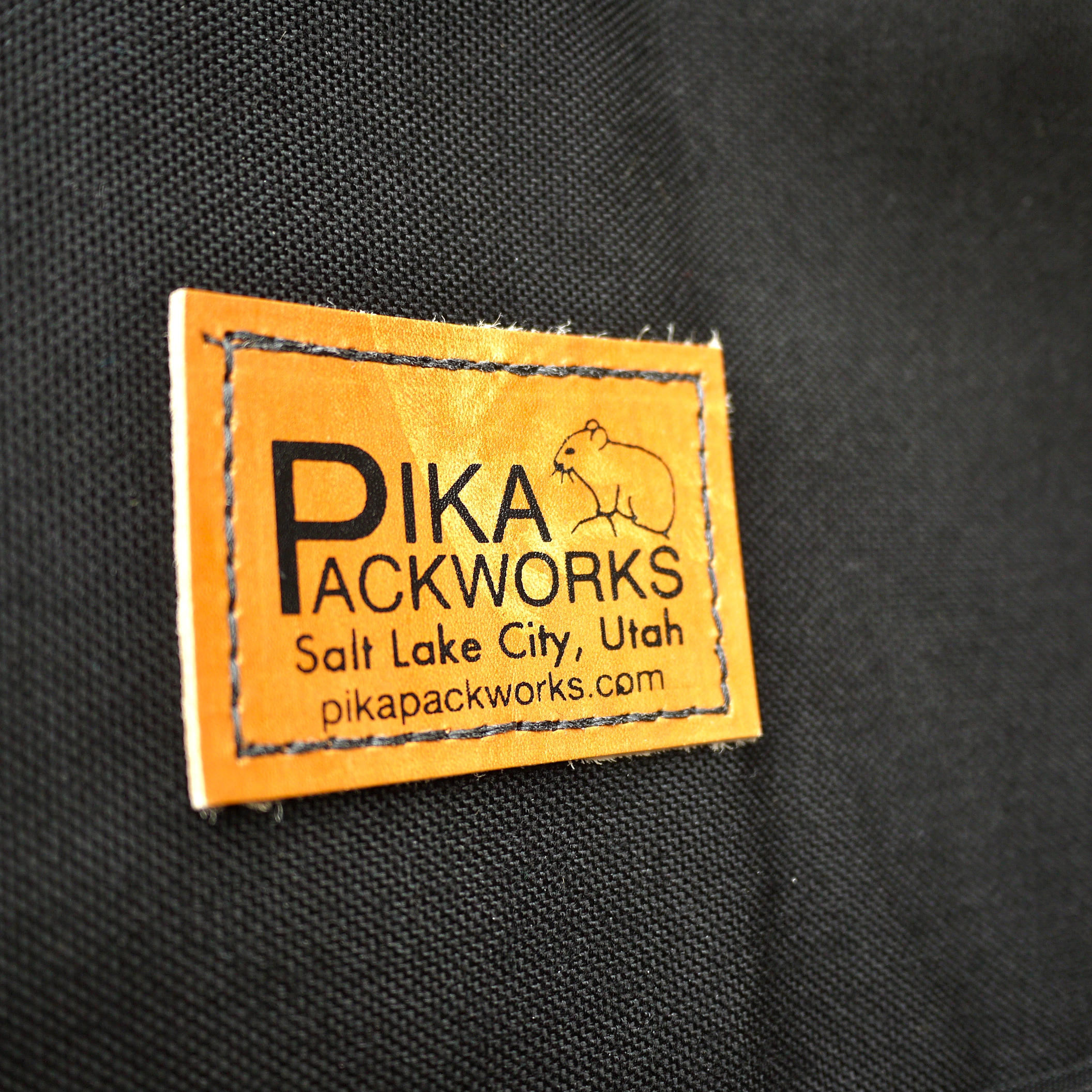Pika Packworks Review
At The Cycling House we unpack and box up hundreds of bikes every year. We’ve had experience with nearly every bike case on the market. We’ve used this experience in choosing our own personal bike cases. Both Brendan and I have to fly a lot with our bikes to get to races and liked Pika Packwork Cases so much that we bought them for ourselves. We have used them for two years and like them so much that The Cycling House has decided to begin selling them in The Cycling House Store.

I use to be a huge fan of the Trico Iron Case but all that changed several years ago when United Airlines charged me $325 to fly with it, one-way. The charge was $175 for the bike and another $150 because it was over 50 lbs. I still like Trico’s because it is easy to pack your bike and they protect your bike really well but the case alone weighs 31 lbs so it is nearly impossible to pack a bike in it and have it be below 50 lbs.
Needless to say, I stopped using my Trico and used cardboard bike boxes that I got from my local shop for a bit while I searched for a suitable alternative. I finally got a tip from a fellow racer about a company, really just one guy, who hand-sews bike cases in Utah. I gave Mark a call and in a few days I had a Pika Packworks Bike Case at my doorstep.

I have used the Pika Case for two years now and couldn’t be happier. Similar to other bike cases, the Pika Case requires you to remove your wheels, bars, and rear derailleur. Unless you have a really big frame you can often just lower your seatpost and it will fit. The wheels go into pockets on either side of your frame. Your handlebars and rear derailleur need to be secured to the frame since your bike sits upright. This can be a bit of a pain but Pika has anticipated this and includes a pad with straps for your handlebar so it protects your frame while strapping your handlebars down. They also include a padded pocket with straps that your rear derailleur fits into so it can be secured to your frame as well. Pika has paid attention to the details and include extra pockets for your gear, reinforcements in key area such as where your hubs hit in the wheel pockets, tough cordura nylon on the outside of the case and big strong zippers. The padding in the case is thick and ample.
It can be a bit confusing to pack the bike the first time so figure on 20 to 30 minutes to pack it. After the first time though you’ll get it down and be able to pack the bike in less than 15 minutes.

A lot of hard cases can cost close to $1000 so you’ll save a lot of money with the Pika. It can also be rolled up and stored in a lot smaller area than those hard cases. This is not only nice when you’re storing it at your house but also while you’re traveling. The case doesn’t say anything about bikes and has an odd shape so you can often get it onto airlines without incurring the horrendous bike charge. I was able to pay mine off in just two trips on the airlines by avoiding these fees.
The only downside to the case is that it does not have wheels. It does have a shoulder strap but if you need to move the loaded case very far your shoulder gets really tired.
If you have any questions about which size case you should buy feel free to give us a call at The Cycling House and we’ll get you setup. My case shows very little wear even though I’ve used it a lot. This is one of those pieces of luggage that will last nearly a lifetime. If you are in the market for a bike case or you are tired of lugging your hard case around look no further than the Pika.
-Andy Schultz